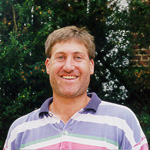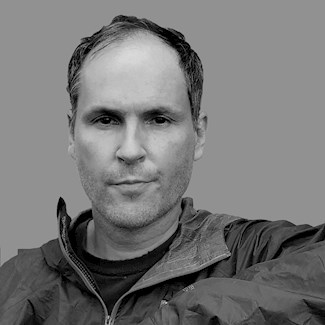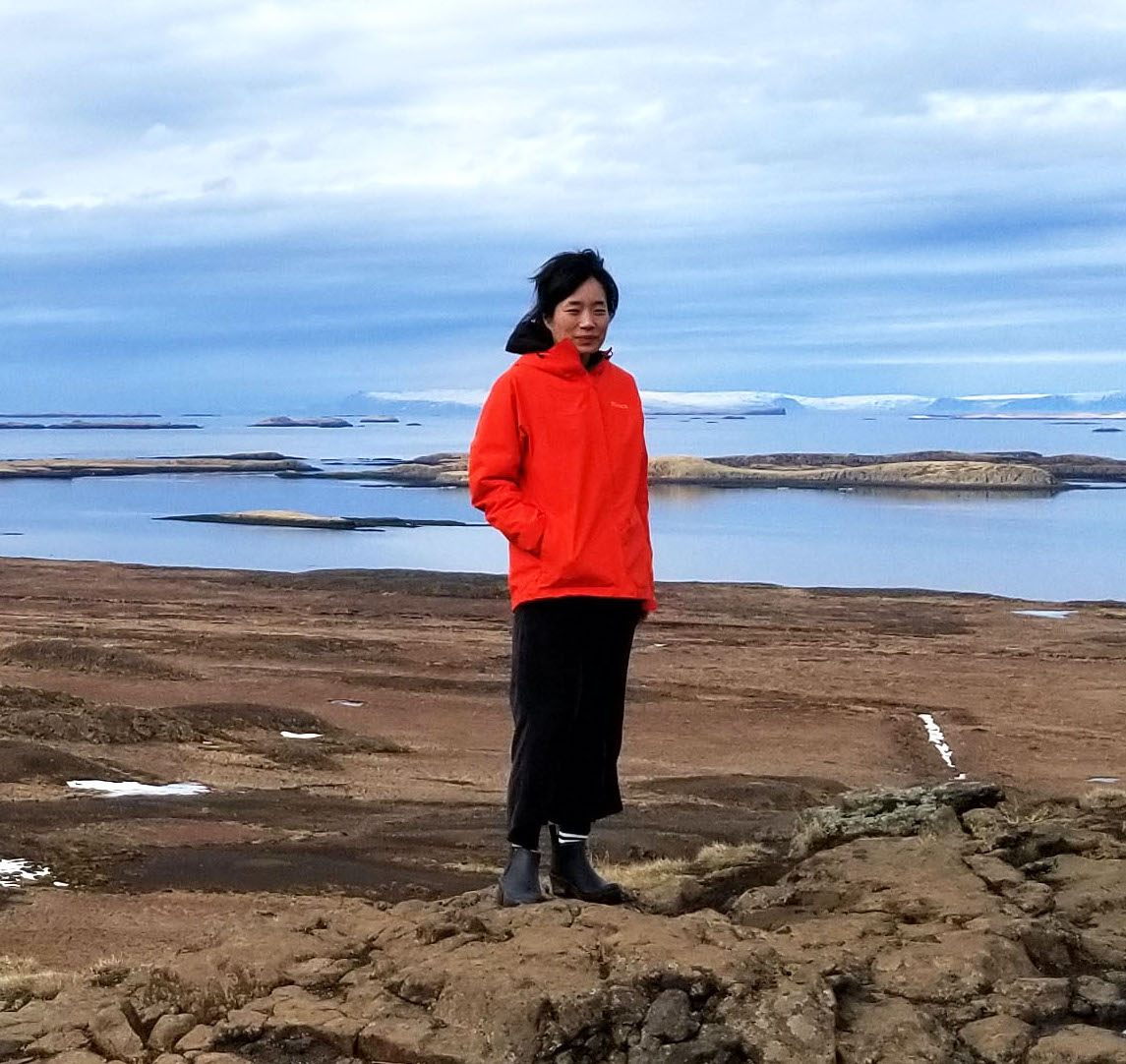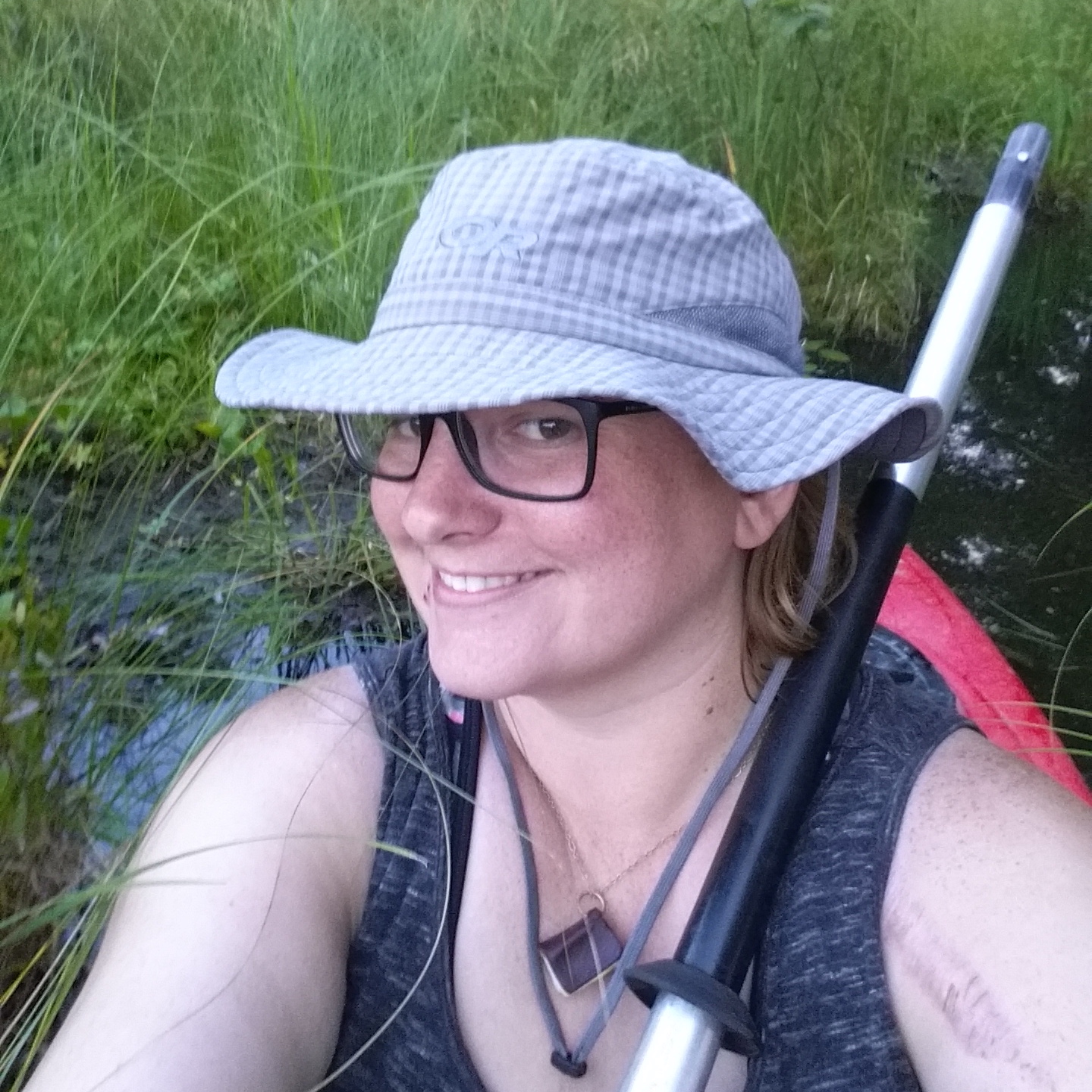Project Abstract
Arctic communities face many challenges as they grow and develop in the context of a rapidly changing environment. These challenges include coastal erosion, permafrost thaw, and ecosystem change. Arctic cities need to prepare for critical decisions in the future, which traditional scientific approaches alone are unable to address adequately. Instead, an interdisciplinary, community-based approach is necessary. Utqiagvik, the northernmost urban center in Alaska, is facing many of these common challenges and provides a model for other Arctic cities. This project is developing and deploying a network of environmental sensors collecting continuous information over a five-year period in terrestrial and aquatic locations within the community of Utqiagvik. Community members are deeply involved in the planning process for placement of the sensors, ongoing maintenance, and interpretation of the data. The education component of the project is extensive, providing training opportunities for undergraduate students, graduate students, two postdoctoral scholars, and community members in Utqiagvik. The sensor network yields an unprecedented dataset for examining the interactive effects of the natural and built environments. This project is improving the health and economic well-being of Utqiagvik and potentially other North Slope Borough villages in Alaska.
This research investigates two essential challenges for the Arctic city of Utqiagvik, Alaska: i) the impacts of existing community infrastructure practices on the surrounding tundra, coastal, and lagoon landscapes within and around the city, and ii) the impacts of a changing environment on the design and future planning of community infrastructure and buildings. The project has four broad objectives. First, community members and scientists are working together to plan and deploy an integrated sensor network in four target areas of the city. Second, environmental data are being used to assess how the infrastructure of the city interacts with the surrounding air, ground, and water. Third, this knowledge is informing management of infrastructure and planning initiatives for Utqiagvik and is useful for other Arctic communities as well. Finally, the process of co-production of knowledge among researchers and community members is being studied to better understand how these relationships can successfully build and maintain equitable sharing of knowledge and benefits for the residents of Utqiagvik. The ultimate goal of the project is to understand how the natural and built environments interact with social systems in an Arctic city.
Logistics Summary
This project aims to quantify the interactions between the built environment (e.g. buildings) with the surrounding environment (e.g. air, ground and water) in Utqiaġvik, Alaska through the deployment of micro-meteorological and aquatic sensors and geotechnical surveys.
Beginning in 2021, field teams of 7-10 personnel will conduct fieldwork in Utqiaġvik over a period of five years. They will deploy an array of micro-meteorological and aquatic sensors and geotechnical surveys throughout the village. This array will measure the interaction between infrastructure, buildings, and nearby landscapes. The sensor array consists of 30 sites, with wireless sensors mounted at three levels at each site on available utility poles and vertical conduit installed in the ground. Measurements include nine variables: soil temperature, soil moisture, barometric pressure, air temperature, wind speed and direction, relative humidity, solar radiation, and precipitation. The field team will also install an array of 15 aquatic sensor sites that will measure temperature, conductivity/salinity, and water level. Finally, they will survey over 4 kilometers of the area using GPR, ERT, and frost probe measurements. Several times throughout the life of the project, the team will organize workshops and outreach activities in Utqiaġvik.
Researchers will obtain the required permits from the North Slope Borough and the Native Corporation UICS. Via a subcontract with the National Renewal Energy Laboratory (NREL) – Beginning June 2020 all full time CCHRC project staff became NREL employees. The new center is known as CCHRC-NREL.
All logistics will be organized by the researchers and paid through the grant. UICS will provide assistance with permitting, vehicles, lodging, lab and freezer space, and tech support.
Season Field Site
2021 Alaska - Utqiaġvik (Barrow)
2022 Alaska - Utqiaġvik (Barrow)
2023 Alaska - Utqiaġvik (Barrow)
2024 Alaska - Utqiaġvik (Barrow)
2025 Alaska - Utqiaġvik (Barrow)
Project Location
Dates
-Location
Utqiaġvik (Barrow), AKMembers
Principal Investigator

Co-Principal Investigator

Co-Principal Investigator

Co-Principal Investigator
Co-Principal Investigator
Postdoctoral Researcher

